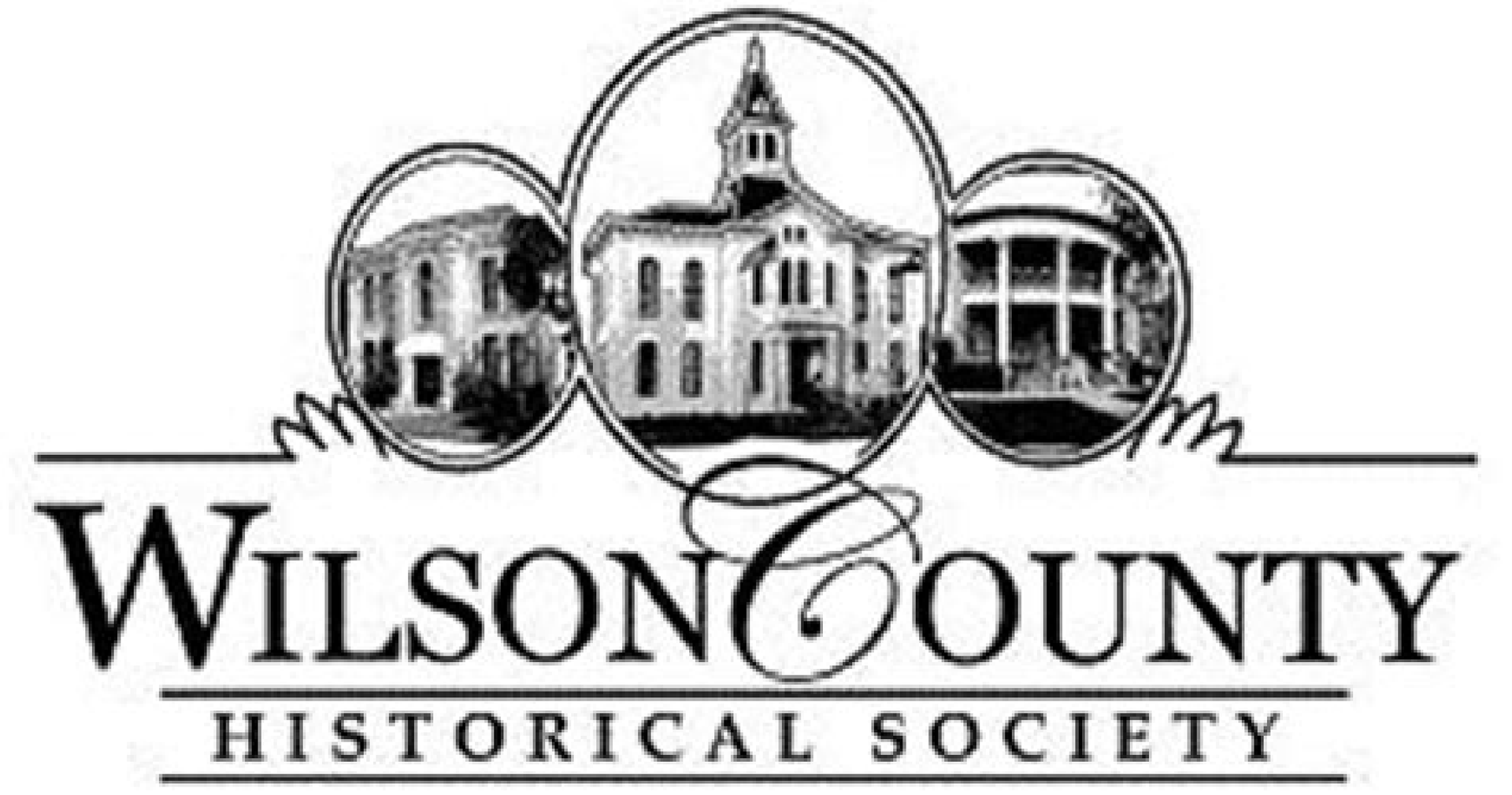by Barbara J. Wood
JUAN SEGUIN
A man that served and helped forge early Texas
Tejano Month September.
A man that served and helped forge early Texas.
Papa Seguin....El Don Erasmo.
SEGUÍN, JUAN JOSÉ MARÍA ERASMO DE JESÚS(1782–1857). Erasmo Seguín, San Antonio political figure, postmaster, and businessman, the third of seven children of Santiago Seguín and María Guadalupe Fuentes, was born in San Antonio on May 26, 1782. Sometime after 1800 he married María Josefa Becerra, daughter of a non commissioned officer of La Bahía Presidio. Of their three children, Juan Nepomuceno Seguín became an important military and political figure of the Texas Revolution and republic periods. Erasmo Seguín's public career began in 1807 when he became San Antonio postmaster, a position he held until October 1835 with only two interruptions. He opposed the Casas Revolt, which broke out in San Antonio in January 1811, helped lead the counterrevolt, and served on the local governing council until royalist officers returned. Nevertheless, during the 1812–13 Gutiérrez-Magee expedition, he came under suspicion of collaborating with revolutionaries, had his property confiscated, and was removed from office as postmaster. Unwilling to accept a pardon, he was exonerated in 1818 but did not regain the postmastership until 1822. Shortly before independence he was electedal calde of San Antonio, the first of a number of local offices he held during the Mexican and early Republic of Texas periods. In 1825 he received an appointment from the federal government as quartermaster for the San Antonio garrison.
Seguín received a number of other public trusts. In 1821 Governor Antonio Martínez appointed him to inform Moses Austin that the latter's petition to start a colony in Texas had been approved. The Convention of 1833 appointed Seguín as one of three representatives to present Texas's grievances to the national government, although he declined the assignment. Following Texas independence he served briefly as a magistrate in San Antonio. Seguín's most important commission, however, was his service as Texas representative to the congress that wrote the Constitution of 1824. From December 1823 to September 1824 Seguín worked in Mexico City to promote the interests of both his native San Antonio and the Anglo-American settlers. As a member of the colonization committee he worked on the liberal National Colonization Law of August 18, 1824 (see MEXICAN COLONIZATION LAWS), which left most issues of immigration and land distribution in the hands of the state governments. While he reluctantly accepted the union of Coahuila and Texas, he worked for the inclusion of a provision allowing Texas to petition for separate statehood at a future date. Seguín also worked for a loose interpretation of the requirement that settlers be Catholic and against the complete abolition of slavery.
Upon his return to San Antonio late in 1824, Seguín labored to build up his economic position. Having recovered possession of the property confiscated during the Mexican War of Independence, which included a large ranch previously belonging to San Antonio de Valero Mission, he added to his holdings a 9,000 acre tract at a site near present Floresville. There he made an effort to become a cotton planter. Seguín also developed business and personal ties to Stephen F. Austin, who often stayed with the Seguíns during his travels through the area. At the outbreak of the Texas rebellion in October 1835, Gen. Martín Perfecto de Cos removed Seguín from office and forced him to march to his ranch thirty miles east of San Antonio. Casa Blanca, as the estate was known, became a source of supply of beef cattle, horses, mules, and corn to the Texas army. In 1840 the Texas Congress compensated Seguín in the amount of $3,004 for the supplies he furnished. Seguín's interests not only suffered at the hands of the Mexican army, but at the hands of Anglo-American rustlers, who as late as 1842 made off with a sizable number of cattle from his ranch. In that same year Thomas Jefferson Green accused Seguín of collaborating with Mexico, a charge that found no support among other Anglo Americans. During the 1840s and 1850s Erasmo Seguín dedicated himself to his ranch, where he died on October 30, 1857.
.................
COURTESY/ Alamo Legacy & Missions Assoc.
